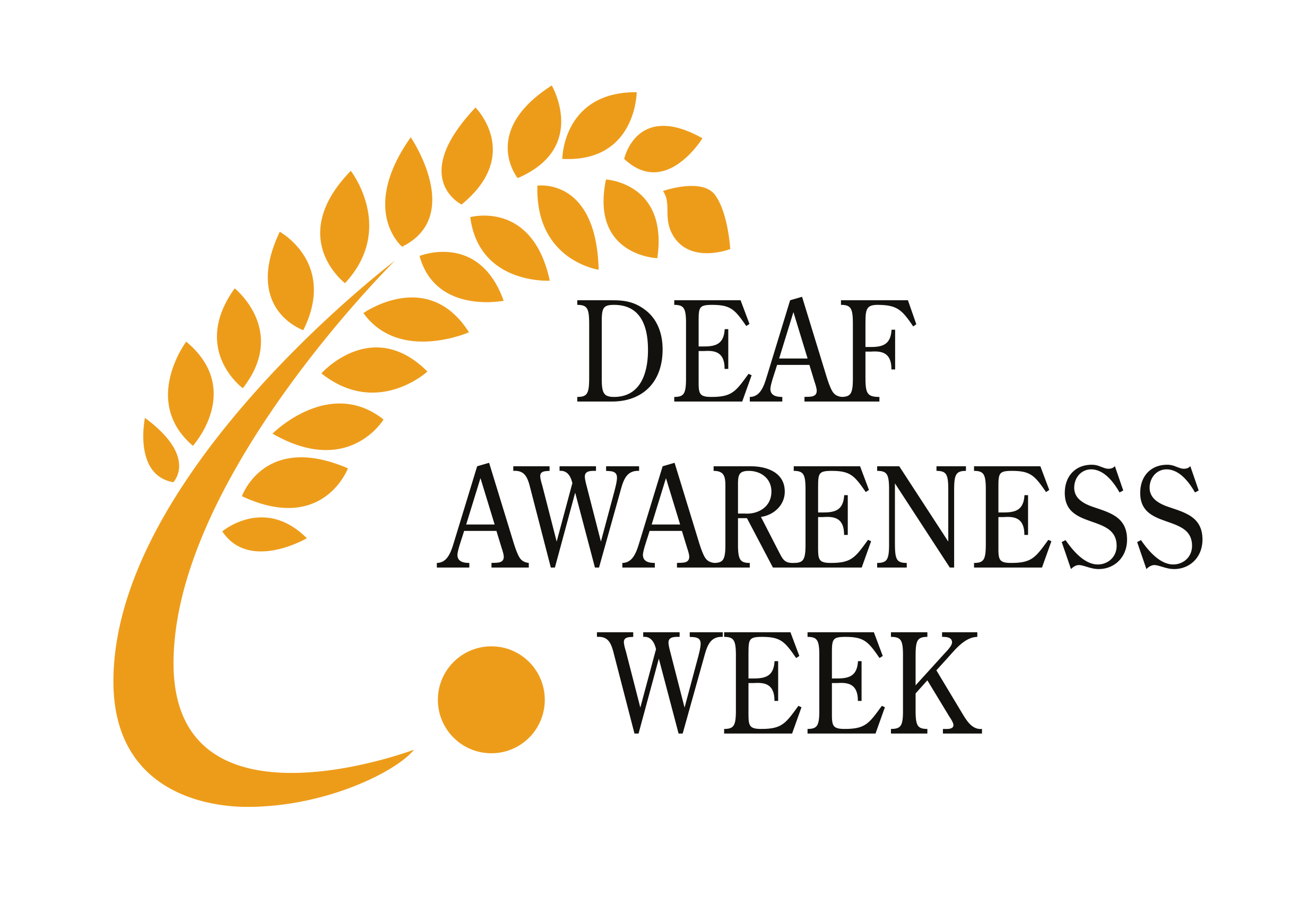Date published 14th May 2021

Deaf Awareness Week is an annual event that raises awareness about the amount of people suffering with hearing loss, the lack of support available, and how we can all do our bit to help those with hearing loss.
In the UK alone, there are more than 11 million people living with some form of hearing loss (Public Health Matters, 2019). Deafness and hearing loss can mean different things to different people, and there are different words used to describe varying types of deafness or hearing loss.
With online activity higher than ever before, accessibility for people with varying needs to be something we always consider. In light of Deaf Awareness Week, we’re sharing 3 of our top tips for ensuring online accessibility when producing digital content. From website management to your own social media accounts, these tips will help you improve your digital accessibility. This is something that is definitely worth using if you’re looking to progress onto a media based course at Solent University.
1). Transcripts for audio and video content
Providing audio and video transcripts is good practice in itself, whether for coursework or website publications: it makes text content easy to skim, not to mention highlight, and it also offers SEO (Search Engine Optimisation) benefits for websites. For those who like to take notes, having text content available makes this much easier.
This is one of the best way to make sure your audio tapes or videos can be understood by viewers with hearing loss or impairments.
Automated transcriptions are offered by YouTube, and you’ll also find third-party transcription services online, such as Trint and Sonix.
2). Captions and subtitles for video
One of the most effective ways to make multimedia content accessible to those with hearing impairments is to use captions and subtitle overlays.Many viewers of video content are likely to be watching from mobile phones in a public place (Think with Google, 2020), and so may have the sound muted. Beyond supporting those with hearing loss, this also ensures that your video is consumable without sound.
You may have seen that more videos on popular platforms like Facebook and Instagram are using captions and subtitles, and it’s likely to become the norm in the future.
3). Sign Language interpretation
Sign Language interpretation is a practice that is more applicable to the business environment. It is especially useful to those who are broadcasting live content. This can be effectively used on websites (e.g. news websites) that broadcast live information or store broadcasted videos.
Now that there is a greater focus on accessibility, you will begin to notice more content being published that uses the above techniques. Companies across the world are making an effort to do more than simply comply with web accessibility standards and guidelines. Should you produce or publish some audio or visual content – do keep in mind that it should be accessible to everyone.
If you would like to learn more about content accessibility, why not consider studying our International Foundation Programme: Creative Industries Pathway?
Head over to our website for more information or submit an enquiry form to speak to a member of our team.
